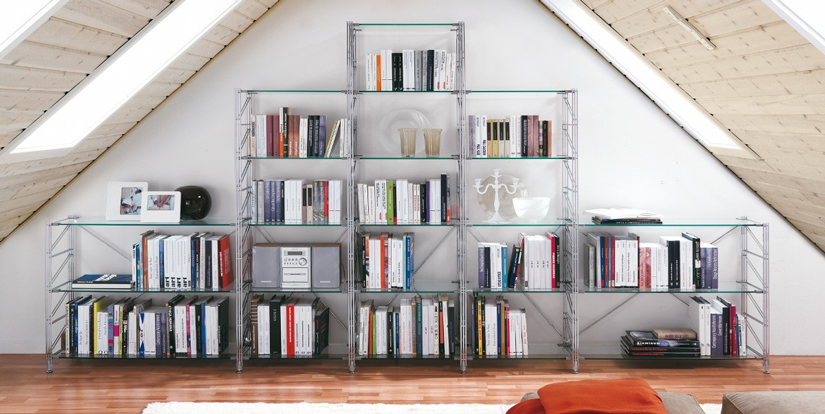
Recent home decorating trends have stepped away from monochromatic white rooms with minimal belongings. Being forced to spend more time at home in 2020 has awakened a deeper appreciation for spaces that are soothing, comfortable, and – perhaps most importantly – actually livable. Honestly, it’s doubtful whether anyone can really function with as few belongings as you see in minimalist room photos, so why stress yourself trying? On the other hand, though, clutter causes its own brand of anxiety, so this extreme should also be avoided. We’ll explore some practical strategies for creating reasonably organized living space that strikes a balance between minimalism and maximalism.
Most living space includes some open shelving, whether it be cabinet shelves, wall mounted shelves, or a combination of both. (If you DON’T already have this convenient storage option, you can order custom glass shelves to be installed on unused wall space.) However, over time the contents of shelves tend to become more and more unattractive. A typical set of shelves might include one stuffed with books of all sizes, one overloaded with knick-knacks, and one that’s a catch-all for everything from pet supplies to seashells from last year’s beach vacation!
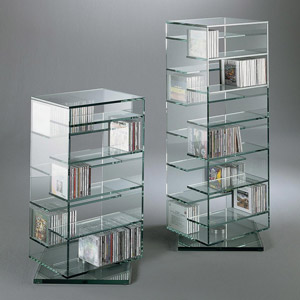
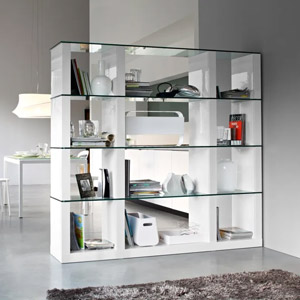
Follow these steps to transform the aesthetic faux pas describe above into one of the room’s most charming features.
You might be surprised how much better the same items look when placed and grouped differently. Here are some basic strategies to inspire you:
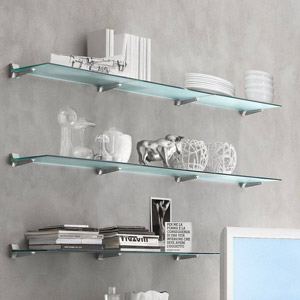
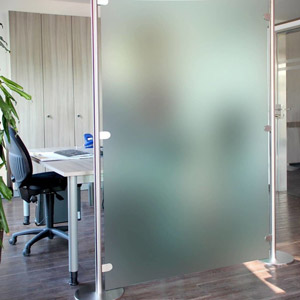
Downsizing and reconfiguring the contents of shelves is important, but most of us also require storage space that doesn’t need to look “intentional and curated.” Likewise, some parts of a home are mostly functional and don’t have to be ready for viewing by guests. An overly open floor plan or too much open storage can make you feel like the whole space needs to look like a model home at all times.
Of course walls can be added and some shelving arrangements can be turned into closets, but traditional remodeling is messy and time consuming. Privacy glass – glass that is frosted, patterned, or tinted – can be used to quickly create room dividers or glass doors. For example, if you’ve converted part of the living room into your home office, a vision obscuring screen means you don’t have to tidy up your work space every time company is coming. Privacy glass is also great for hiding workout equipment, making the kitchen sink area invisible from the dining room, and camouflaging a kids’ study space.
If glass shelving, glass partitions, or another form of custom glass or mirror could help you make your home more calm and comforting, please give us a call today – (703)257-7150. We offer a wide range of options for the glass as well as the metal components, so it’s easy to design shelves or dividers that harmonize with your décor goals!